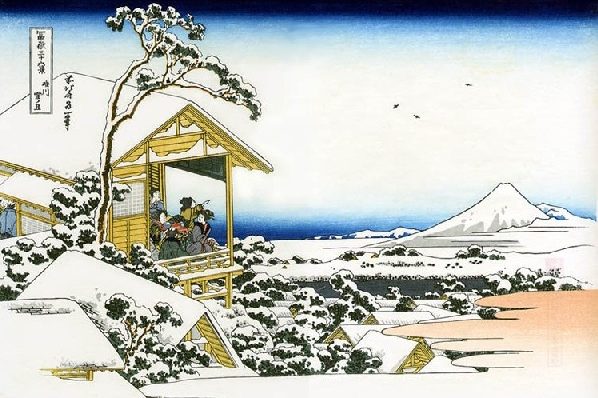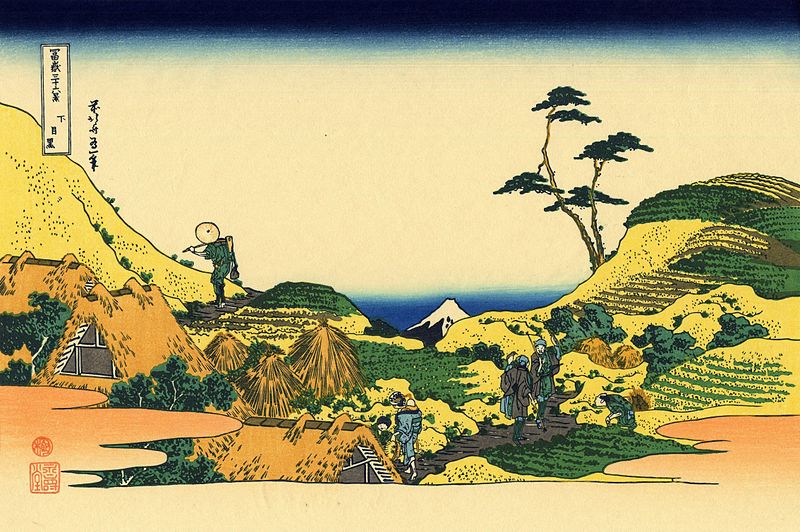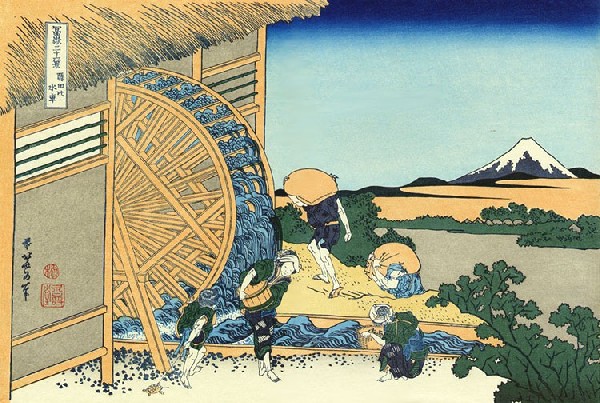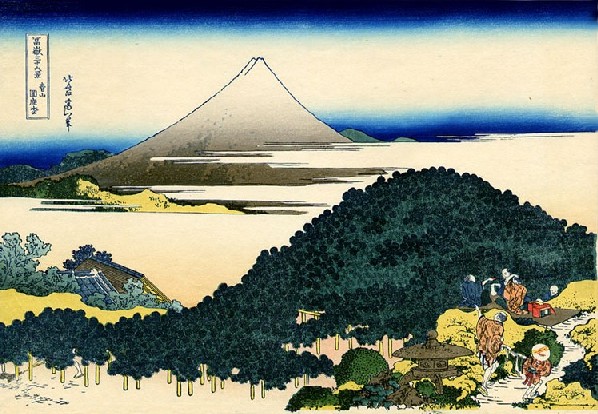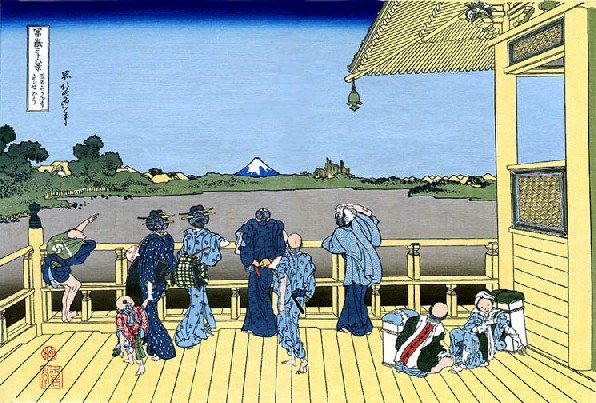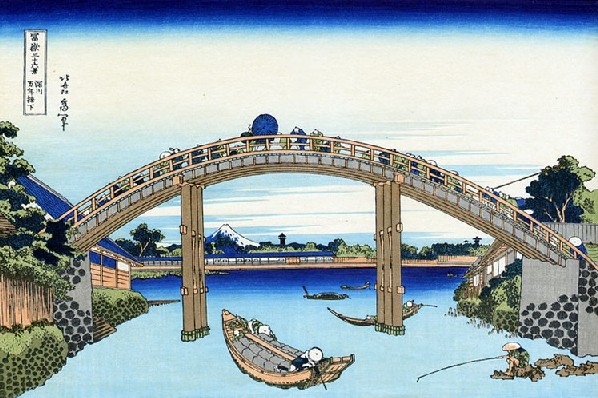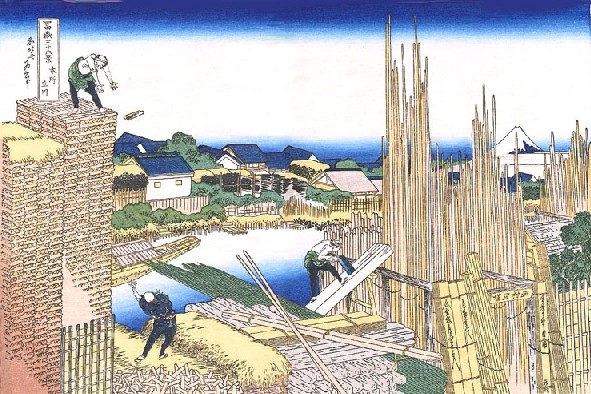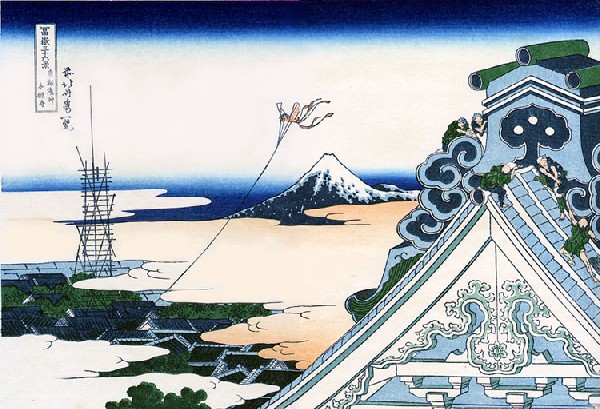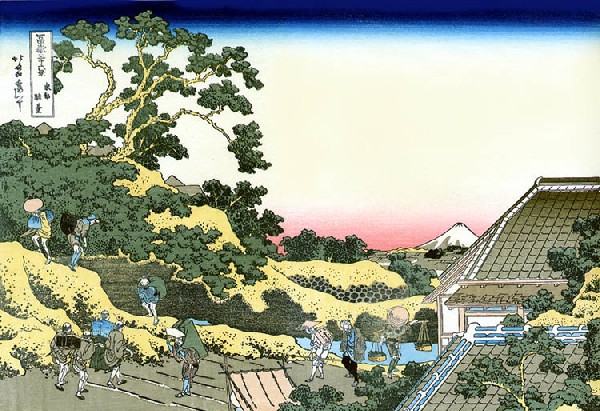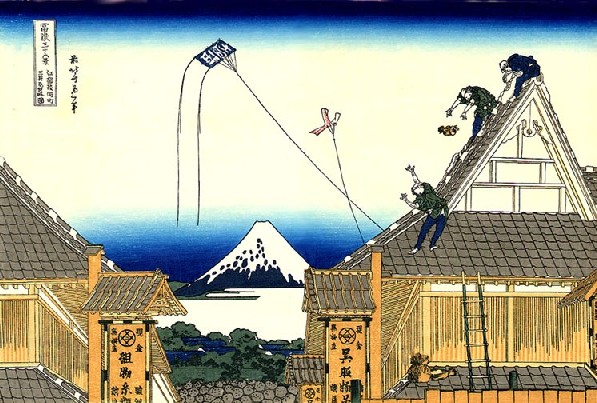‘Tea house at Koishikawa, the Morning after a Snowfall’ by Katsushika Hokusai
11.Tea house at Koishikawa, the Morning after a Snowfall The series of “Thirty-Six Views of Mount Fuji” contains 46 ukiyo-e woodblock printings, but the image is just the single artworks of the snowy scene. From the second floor of the tea house, people enjoy the view that a snowfall during the night made. […]
‘Tea house at Koishikawa, the Morning after a Snowfall’ by Katsushika Hokusai Read More »

